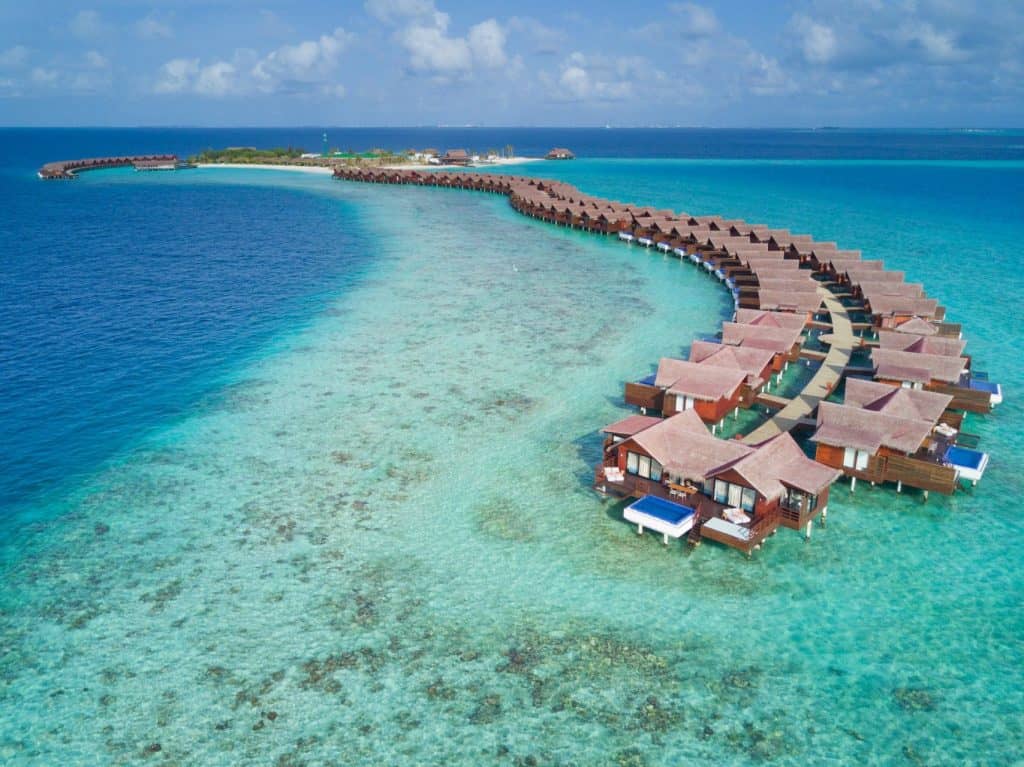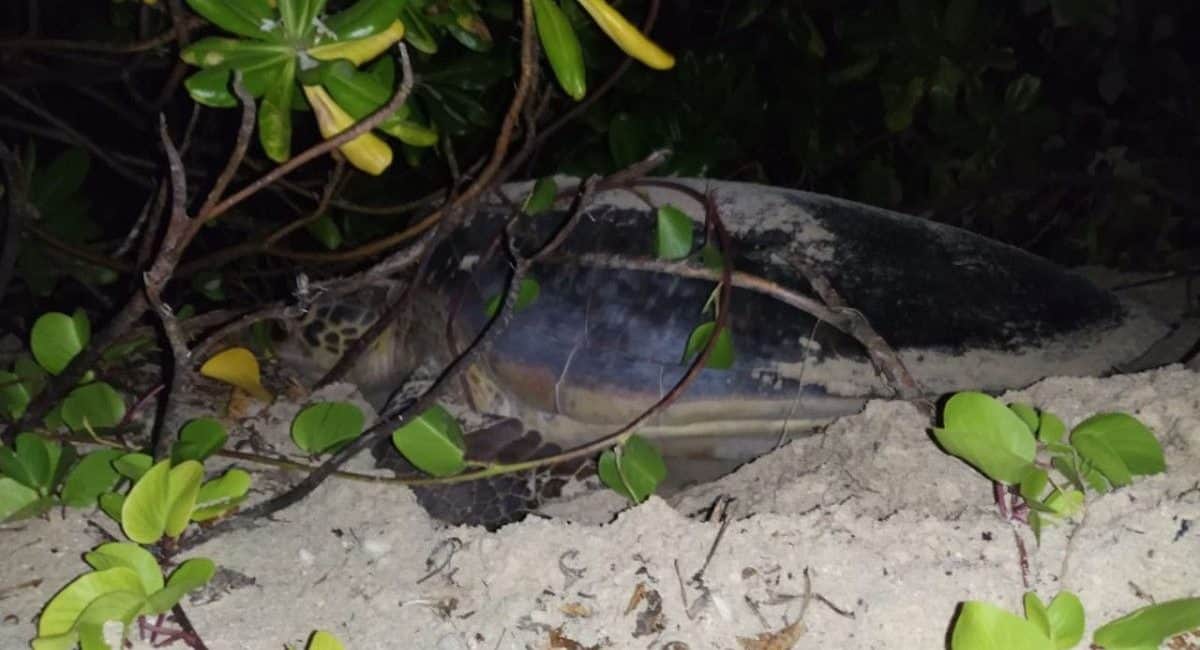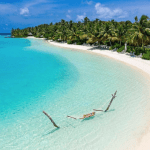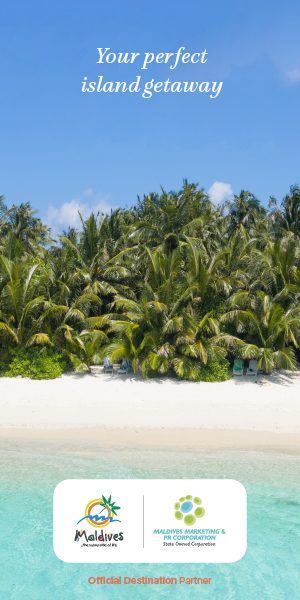On August 1, for a second time, an endangered sea turtle species discovered a safe eco-sanctuary at Grand Park Kodhipparu, Maldives.
This year in four months of the first-ever nesting at the resort, a very special Green Sea turtle also known as Chelonia Mydas, considered one of the largest sea turtles and a strict herbivore has laid her eggs at the resort beach.
“It’s a fabulous feeling for our green team when nature rewards us with joyful moments in this manner, for the commitment to protecting the environment, the ocean, and our reefs we are surrounded by in the Maldives.” Grand Park Kodhipparu stated.
Sea turtles return to the beaches on which they were born to lay their eggs. The reason for returning to native beaches is that it guarantees the turtles an environment that has the necessary components for their nesting to be successful. These include a sandy beach, easy access for the hatchlings to get to the ocean, the right incubation temperatures, and a low probability of predators that may feed on their eggs.
Over time these turtles have evolved these tendencies to return to an area that has provided reproductive success for many generations. Their ability to return to their birthplace is known as natal homing. The males also return to their birthplaces in order to mate, they return to their homes as they know they will be able to find mates because the females born there also return to breed. By doing this, the green sea turtles are able to improve their reproductive success and is why they are willing to expend the energy to travel thousands of miles across the ocean in order to reproduce.





